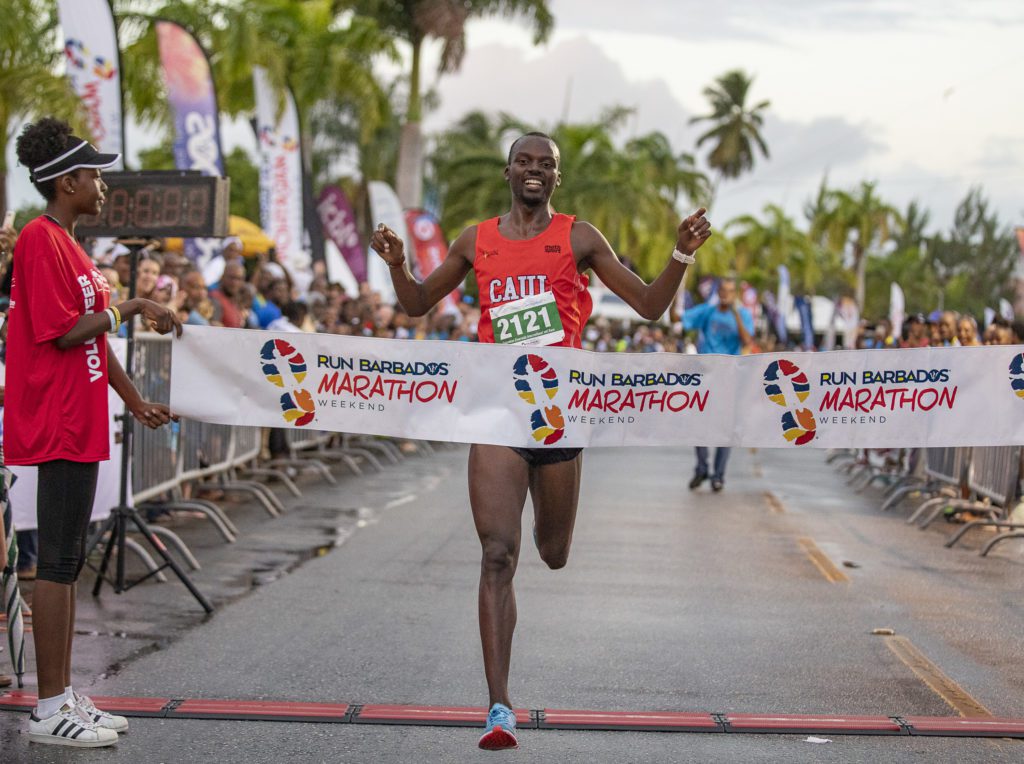Old-school running wisdom debunked
We're here to set the record straight

Call it what you will: pseudo science, folklore or old-school wisdom, there are many running practices that are based more on tales from those who came before than on actual fact.
We’ve taken it upon ourselves to examine some of our favourite old-school wisdom that’s associated with running and see if it checks out. Terry Radchenko is a middle distance coach at the University of Toronto and he’s guided some of Canada’s best athletes to the Olympic Games. He helped us sort through what old-school wisdom is worth keeping in your routine, and what’s worth ditching.

Use Vaseline to keep yourself warm
In the depths of the Canadian winter, almost every runner has had someone suggest putting vaseline on their face. This becomes an issue when you get sweaty. Instead of vaseline, try a microfibre balaclava or neck warmer.
Run on your toes to avoid injury
Radchenko says, “Running on your toes will probably cause shin splints. While running on your forefoot is a good idea, if your stride is working for you don’t fix what isn’t broken. With some people, if you move them to their forefoot it’ll cause issues in other parts of your stride. If you’ve got a heel-to-forefoot style of running and you’re not getting hurt, leave well enough alone.”
Because a running shoe works for your friend means it’ll work for you
There are so many running shoes on the market, and for good reason, because there are so many different types of runners. Talking to your friends about what shoes they like is a good idea, but it’s also important to know your own body. If your friend really likes a neutral cushion shoe but you’re a stage-four overpronator, then you’re probably going to need to wear another model. The good news? Almost all major brands make a shoe in every cushioning category, so you’ll still be able to find something from the brand your friend likes and give it a try.
Taking long periods of time off leads to injury
Radchenko says, “It’s not the time off that leads to injury, it’s how you come back.” Runners should return to running slowly after taking a long break.
All runners know each other
Used in a sentence, “My friend Nancy runs all the time, she’s really fast, you must know her.” While the running community is pretty close knit, all runners don’t know each other. There are trail runners, track runner, marathoners, 5K runners and everything in between. The truth is, a 100m sprinter is very unlikely to know your friend Nancy.
More mileage makes you a better runner
Radchenko says, “All things being equal, more mileage will help you become a stronger runner but only to a certain point. It’s important to train a variety of systems. You want some interval training, and if you’re racing shorter events you’ve got to do speed work.”
“I’m racing the 5K marathon”
Somehow, the 5K marathon has become a common distance among beginner runners. If you’re reading this post and you’re just getting into it, there’s no such thing as a 5K marathon. It’s either the 5K or 42.2K. They’re two distinct events.


